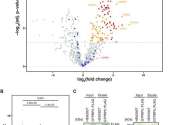The Achilles heel of the coronavirus
Viruses require the resources of an infected cell to replicate and then infect further cells, and transfer to other individuals. One essential step in the viral life cycle is the production of new viral proteins based on ...









